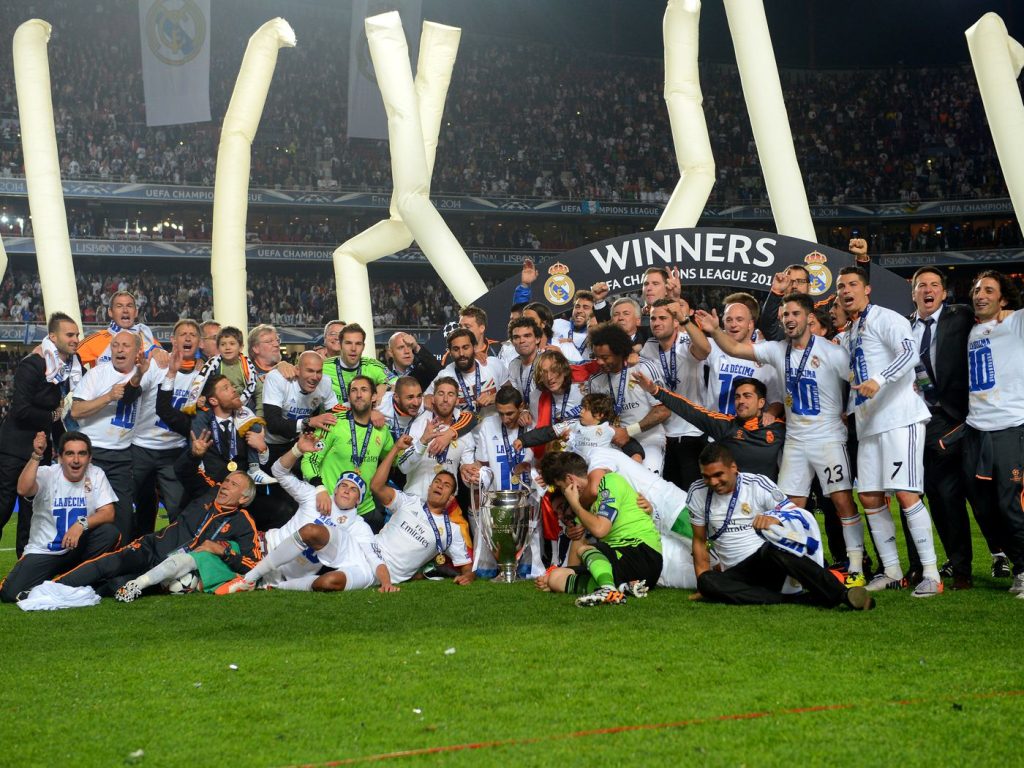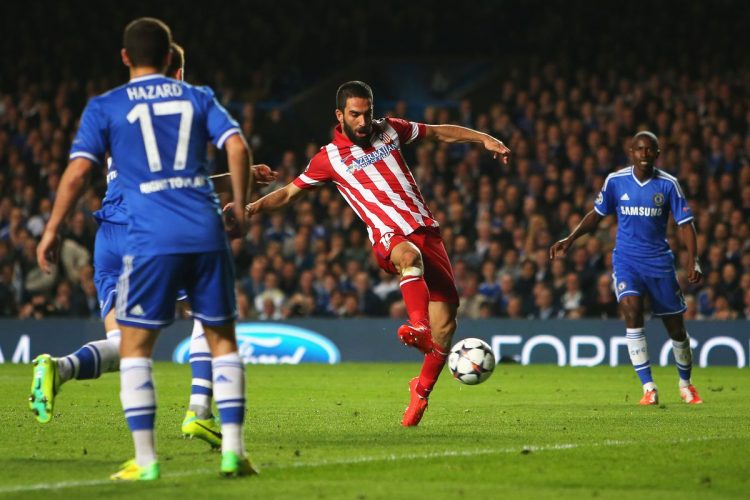Introduction:
In team sports, the interplay between offensive and defensive strategies often determines the outcome of a match. The way one team attacks can heavily influence how the opposing team defends, and vice versa. A team’s attacking strengths may be neutralized by a solid defensive setup, while a team’s defensive fragility can be exposed by a potent offense. Understanding how these strategies interact and counter each other is key to analyzing a game’s dynamics. In this article, we will explore how offensive and defensive strategies intertwine, how they influence each other, and which team holds the upper hand based on the balance of these strategies.
Section 1: The Importance of Offensive and Defensive Strategies
- Offensive Strategy: The offensive strategy is designed to break through the opposing defense and score goals or points. Teams typically focus on creating space, making runs, and exploiting weaknesses in the opposition’s backline. An offensive strategy can be built around possession, quick transitions, set-pieces, or individual brilliance.
- Possession-Based Attack: Teams that favor a possession-oriented approach aim to control the tempo of the game, wear down the defense, and create openings through patient buildup play. The primary goal is to dominate the ball and limit the opponent’s time with it.
- Counter-Attacking: Counter-attacking teams focus on exploiting turnovers and transitions. By quickly moving from defense to attack, they look to catch the opposing defense off-guard and take advantage of spaces left open in the transition phase.
- Direct Play: Teams that prefer direct, long-ball play focus on bypassing the midfield and playing the ball quickly to strikers or wingers, aiming to score with fewer passes but often more aggressive play.
- Defensive Strategy: The defensive strategy is centered around limiting the attacking team’s chances and protecting the goal. It typically involves positioning, closing down passing lanes, and preventing attackers from getting clear opportunities.
- High Press: The high press involves putting pressure on the opposing players in their half, forcing turnovers high up the pitch. It disrupts the opponent’s buildup play and creates immediate attacking opportunities.
- Low Block: The low block refers to a compact defensive formation, often with all 11 players behind the ball, making it difficult for the opponent to penetrate the defensive lines. This strategy aims to frustrate the attackers and reduce the space available in the final third.
- Man-to-Man vs. Zonal Marking: In man-to-man marking, each defender is responsible for marking a specific opposing player, while zonal marking focuses on covering space and intercepting passes.
Section 2: How Offensive and Defensive Strategies Interact
- Attacking vs. Defending in Wide Areas: Many teams choose to exploit the wings in attack, stretching the defense and creating crossing opportunities. A team with wingers who can deliver quality balls into the box can force a defensive team to either concede space or commit more players to the wings. The defensive team must choose between tightening up on the wingers, risking leaving central spaces open, or adjusting their formation to maintain balance.
- Example: Barcelona vs. Atlético Madrid (2014-2015 La Liga): Barcelona’s offensive play was based on wide possession and quick crosses into the box, while Atlético Madrid’s defense relied on a compact low block and disciplined full-backs. Barcelona’s wingers stretched Atlético’s defensive lines, but Atlético’s disciplined defense made it difficult for Barcelona to create clear chances, proving how one team’s attacking approach can directly challenge another’s defensive setup.
- High Press vs. Quick Transition Attacks: Teams employing a high press intend to win the ball back quickly in the opponent’s half. However, this can expose them to fast counter-attacks if they do not win the ball. A team that counters well, with pace and precision, can exploit the spaces left behind by defenders pushing forward.
- Example: Liverpool vs. Manchester City (2017-2018 Premier League): Liverpool’s high press worked well against City in the early stages of their rivalry, particularly when they capitalized on loose balls in midfield. However, Manchester City’s counter-attacking game, led by Kevin De Bruyne and Leroy Sané, punished Liverpool’s high line, showcasing how a potent offense can neutralize an aggressive defensive strategy.
- Low Block vs. Possession-Based Attacks: Teams that play with a low block invite their opponents to possess the ball in non-threatening areas but seek to disrupt them when they move into the final third. A possession-based team is often frustrated by this tactic, as it can be difficult to break down a defensive setup that is well-organized and compact.
- Example: Chelsea vs. Tottenham Hotspur (2016-2017 FA Cup): Tottenham’s possession-based attack struggled to break down Chelsea’s low-block defense in the FA Cup semi-final. Chelsea’s compact formation forced Tottenham to take longer, less effective shots from outside the box, neutralizing their attacking prowess.
Section 3: The Battle for Supremacy – Which Strategy Has the Advantage?
The question of which strategy holds the upper hand largely depends on the context of the game, the specific matchups, and the adaptability of both teams. There are scenarios where one strategy has a clear advantage, while in others, the game can go back and forth, with each team exploiting the other’s weaknesses.
- Advantage to the Offensive Team:
- Dynamic Attacking Play: Teams with a fluid attacking system, capable of creating overloads and shifting the defense, can wear down even the most organized defenses. If the attacking team has the technical quality and vision to break down a defensive block or a counter-attacking setup, their offensive advantage becomes clear.
- Example: A team like Bayern Munich, with players like Thomas Müller and Robert Lewandowski, can exploit any defensive formation with quick, precise passing and clinical finishing. Their offensive dynamism makes them particularly lethal against teams that defend too passively or allow too much space in wide areas.
- High Press and Counter-Pressing: Teams that can win the ball quickly in dangerous areas, like Liverpool or Manchester City under Pep Guardiola, create constant threats and force the opposition to defend in transition, which is difficult to do for long periods without making mistakes.
- Advantage to the Defensive Team:
- Strong Defensive Organization: Teams with a solid defensive structure, like Atlético Madrid under Diego Simeone or Chelsea under José Mourinho, can frustrate attacking teams by making it extremely difficult to break through. When these teams play with a low block, they force the attacking side to try and break them down with creativity—an often difficult task against a well-drilled defense.
- Example: In the 2014 UEFA Champions League Final, Atlético Madrid’s low-block defense neutralized Real Madrid’s offensive threats, especially in the first 90 minutes. Only after Atlético became fatigued in extra time did Real Madrid’s attacking prowess come to the forefront.
- High Defensive Discipline: Teams that are well-coached in defensive transitions, like Juventus with Andrea Pirlo as manager, often allow possession to the opposition but break with precision and efficiency when they win the ball. These teams capitalize on offensive mistakes, using their defensive stability as a foundation to counter.

Section 4: The Evolving Dynamics – Adaptation During the Game
The dynamic nature of sports means that both teams adapt throughout the game. The ebb and flow between attack and defense is not static; teams shift strategies depending on the scoreline, the time remaining, and the physical condition of the players.
- Adjusting the High Press: If a high-pressing team starts to concede space or fail to win the ball back in the final third, they may switch to a more cautious approach, dropping back and focusing on absorbing pressure. Conversely, if the defending team fails to cope with pressure, they might increase their pressing intensity or switch to a more aggressive strategy.
- Mid-Game Substitutions: Coaches often make adjustments mid-game, introducing fresh legs to change the tempo of the match. For example, a tired defensive team might struggle to maintain the same level of concentration when dealing with a fresh attacking player, offering a potential advantage to the offensive team.
- The Role of Set Pieces: Sometimes, the deadlock between attack and defense is broken by set pieces—corners, free kicks, or penalties. A team with strong aerial attackers or set-piece specialists, like Liverpool or Real Madrid, can find success in these moments, giving an advantage to the offense when a game is otherwise balanced.
Section 5: Conclusion – Who Holds the Upper Hand?
The battle between offense and defense is one of the most fundamental aspects of any match, and determining who has the advantage is rarely straightforward. However, in most cases:
- Offensive Teams with Dynamic Play and Quick Transitions hold an advantage against overly conservative defenses, especially if they can exploit space in wide areas or win the ball in high positions.
- Well-Organized Defensive Teams tend to frustrate possession-heavy or individualistic attackers, forcing them to play at a slower tempo or take fewer risks. These teams often succeed against highly skilled but predictable offenses.
Ultimately, the advantage comes down to team preparation, adaptability, and individual moments of brilliance. A balance of both defensive discipline and attacking creativity is necessary for sustained success. In modern football, the most successful teams often find a way to blend the best of both worlds, adapting to the flow of the game and making tactical adjustments as needed.


































Discussion about this post